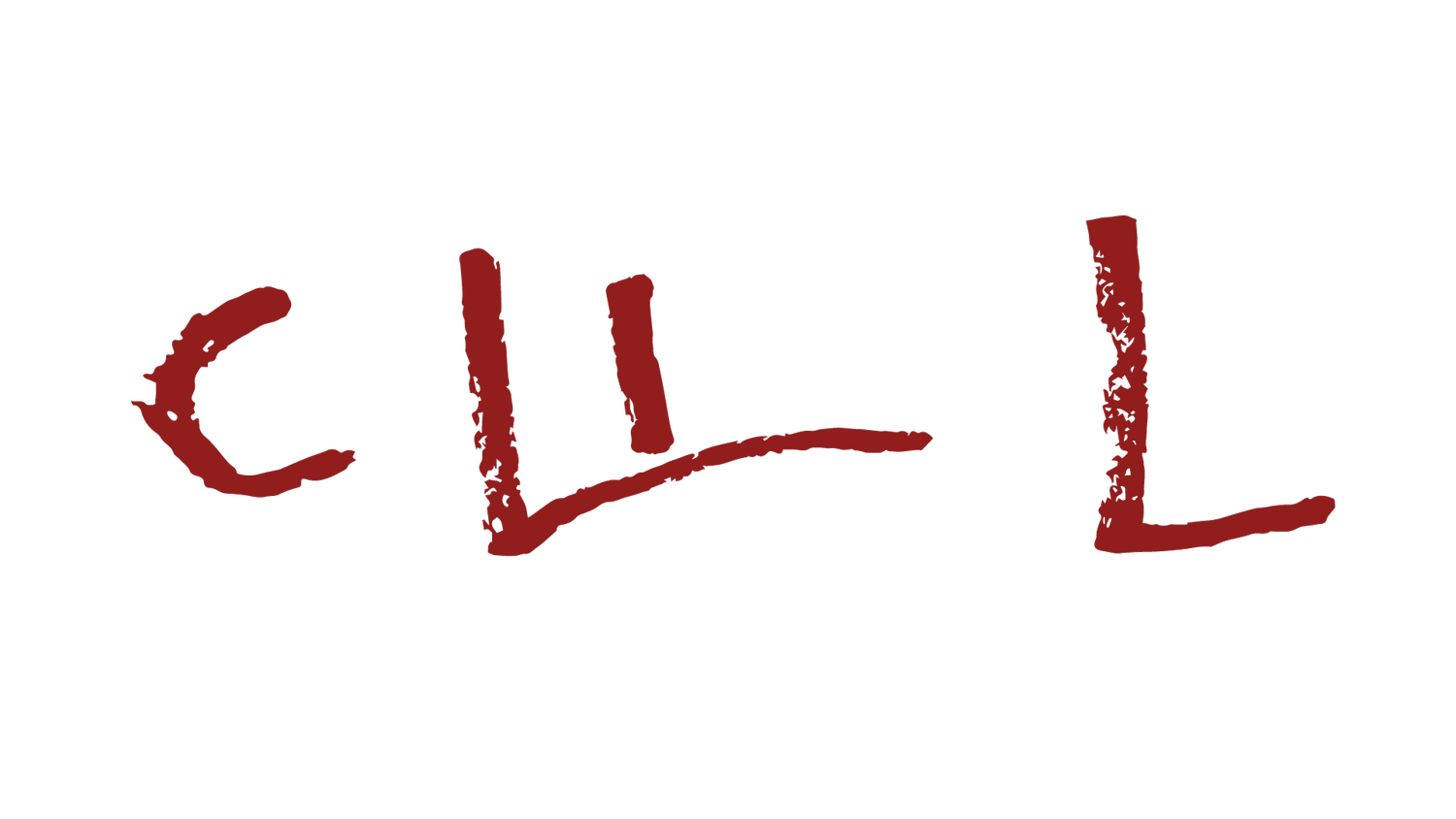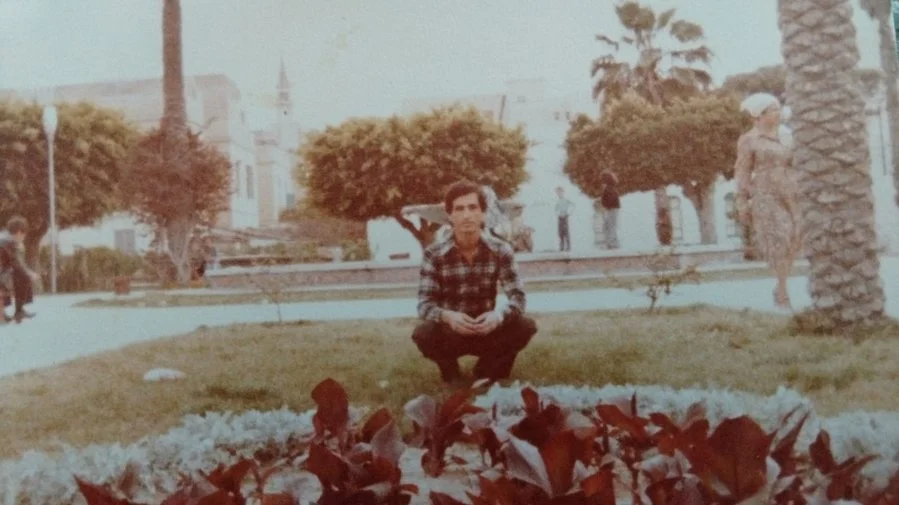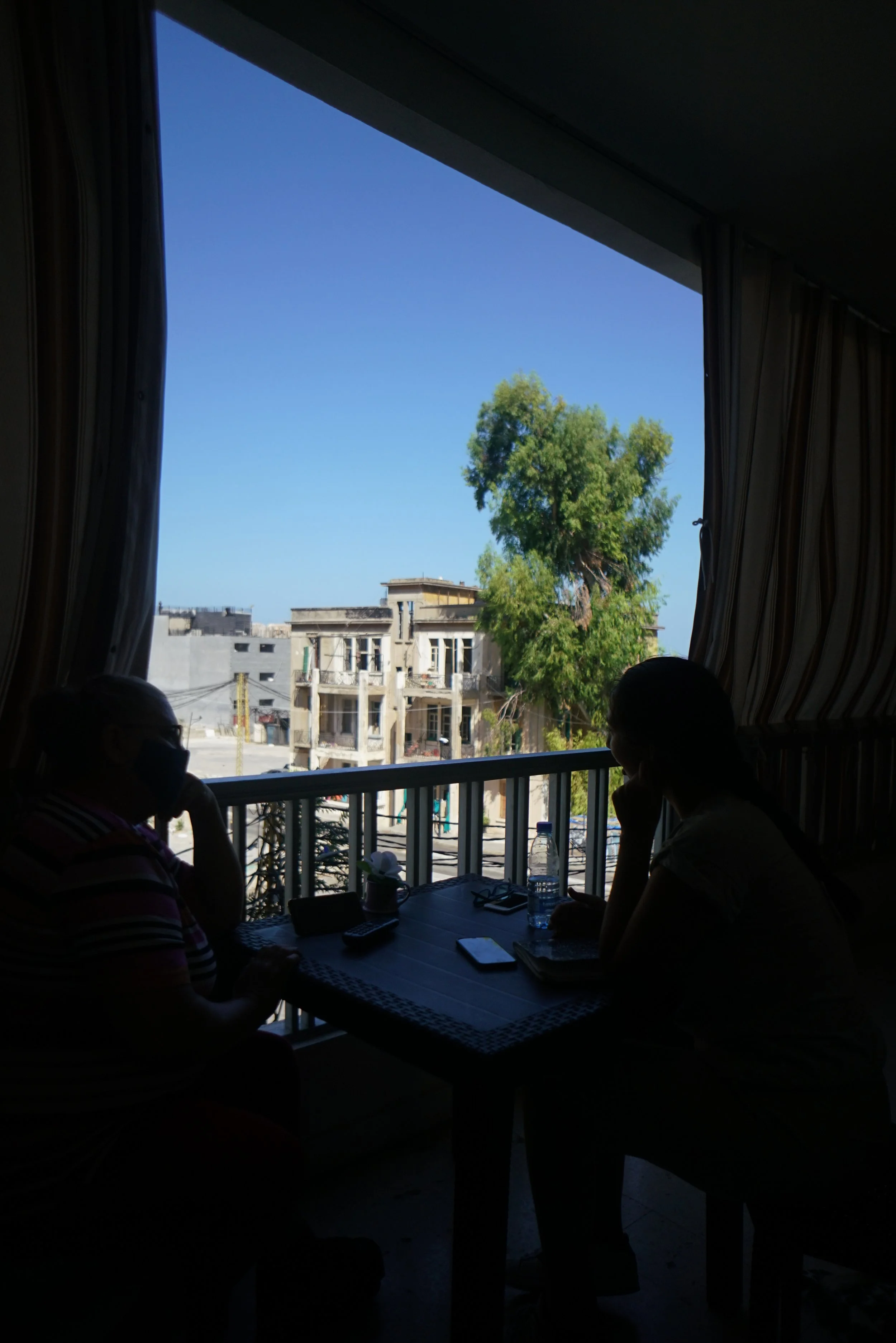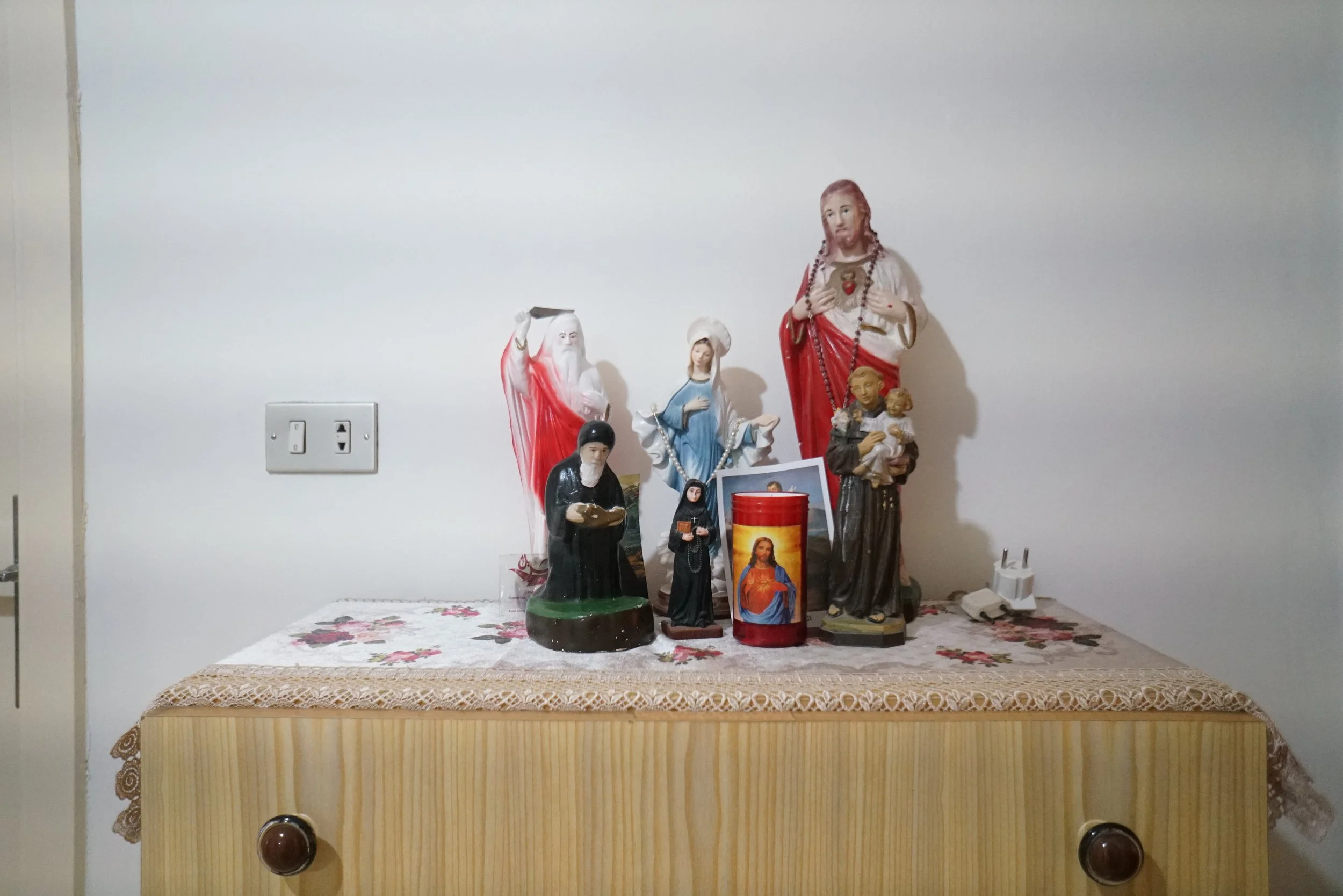Beirut Series
سلسلة بيروت
2021
This series consists of 4 public interventions that delves into the complex layers of the city. The series features stories of individuals and their process of meaning-making onto their objects. It explores the soul and significance that these objects have in making their space a home. The painting of these objects in the public spaces attempt to recreate a feeling of intimacy that was once present in these abandoned places.
Adnan: The Abandoned Past
Adnan is considered to be the Mukhtaar of Karantina, an area in Beirut near the port and historically was the quarantine area for those travelling through the port. Karantina over time has been one of the most neglected areas in Beirut although it being one of the most affected areas from the August 4th Blast. Adnan looks back on his changing relationship with his childhood neighbourhood, yet there’s always a sense of responsibility towards his community that grounds him there.
During the civil war, Adnan decided to study Chemical Engineering in Libya, leaving Lebanon for a span of 7 years. Over 30 years later, with a family and children also studying abroad on a similar journey, Adnan still keeps hold of his university books. To him the dusty books act as a reminder to hold on and to someday in the future be able to use them as a foundation for a chemical engineering career. This goal has yet to be achieved given the constant loss and rebuilding of the city, never really healing from previous disasters.
Adnan notes the heartbreaking parallel between his own story and his children’s. As if this cycle goes on from generation to the next without breaking. It sets a reality that an individual’s lifetime-worth of efforts and work to take of themselves and their family will usually have volatile results if it stays in Lebanon, if such efforts are meant to prosper then they are best planted elsewhere.
Julie: The Conflicting Present
On August 4th, 2020 Julie found herself escaping her own home as it was turning into rubble from the nearby port explosion that’s facing her balcony. She exclaimed that the only thing she was able to think was how all of her hard work was gone. Julie built a life in this apartment home at Mar Mkhayel, raising a son and a daughter with her husband and surrounded by her mother and sister. After the wreckage, what she was able to find unscathed was a Virgin Mary statue from her altar that protected her and left her only with a broken ankle Now, Julie’s house has been rebuilt after enduring efforts but the pain of the blast similar to most families in Mar Mkhayel is an open wound till this day.
Painting the Virgin Mary statue depicted this paradoxical characteristic of this subject. Inside our home, religion is considered to be the safe haven to protect against what’s happening in the city. Yet, in the public sphere, the same religious values are used to divide and create the problems and atrocities that are feared.
Leno: The Revolutionary Future
On this day, two years ago people of Beirut walked down the streets as one to strike the political corruption to its core and starting the Thawra. This fight continues on for the coming years as the August 4th port blast created a unity of havoc and devastation. Leno, who has roots in Lebanon and Venezuela recalls the crowds on the first Saturday after the blast on August 7th were even more confrontations from movement rebels along with forces protecting the parliament. Downtown Beirut was a superficial facade showcasing the rich’s riches and the corrupt government’s parliament. It’s luxurious shops and westernised building were of no representation to the people or the city. Many started to breakdown the buildings’ expensive stones and material to throw at the defence forces. In response, tear gas and rubber bullets are thrown on protestors.
Leno, with his group of friends were in the forefront of all of the marches, clashes and demonstrations. On the anniversary of the blast, he picked up these granite rocks. A familiar object that has been engrained in many memories over the past two years. The granite stones are placed downtown in one of many abandoned complexes there. The remnants and ghosts of the revolution remain as a reminder, a relic promising a future. Today, the revolution’s stones are still being thrown, but in the form of words and actions.





















